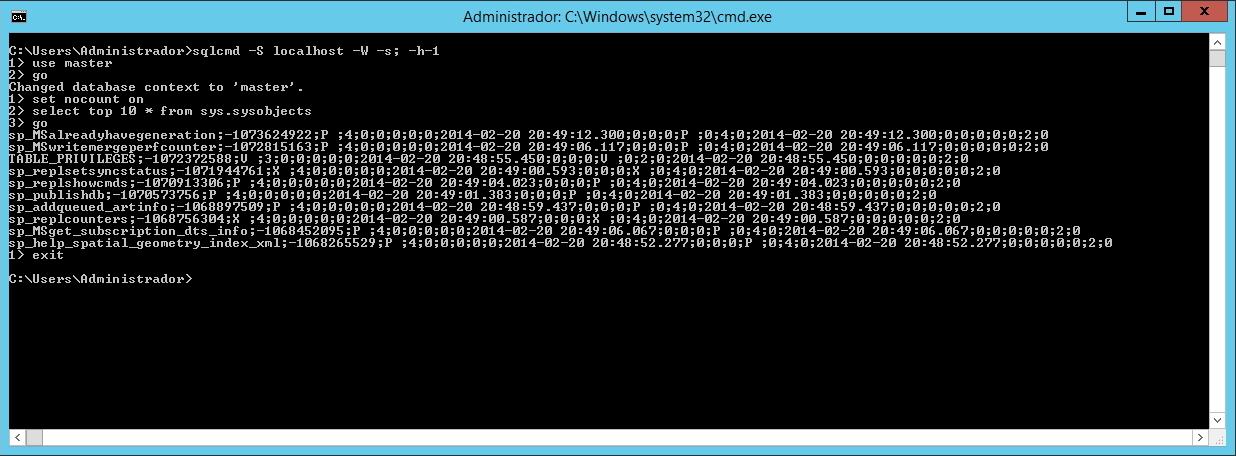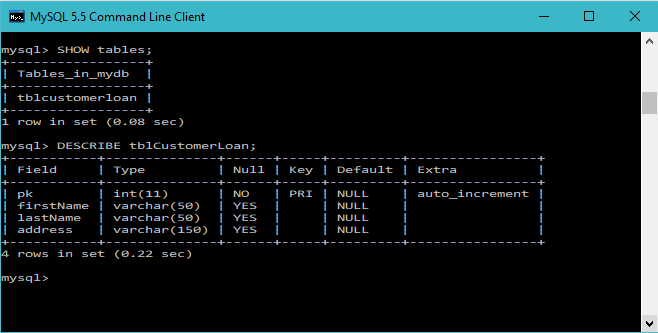
An example message containing the Alert command for begin a refresh synchronization, like in the previous example, is:

Responses like Status commands include the pair identifying the command they are responding to.īefore commands, messages contain a header specifying various data regarding the transaction. Each message and each of its commands has an identifier, so that the pair MsgID,CmdID uniquely determine a command.
in the latter case, the computer requests to continue with an appropriate Alert message, and the mobile sends another chunk of items otherwise, the computer confirms it received all data with a Status commandĬommands ( Alert, Sync, Status, ecc.) are grouped into messages. the mobile sends one or more Sync command containing an Add sub-command for each item (e.g., phonebook entry) if the number of entries is large, it does not include the tag. the computer responds with a Status command for accepting the request. the mobile sends an Alert command for signaling the wish to begin a refresh-only synchronization. SyncML works by exchanging commands, which can be requests and responses. SyncML 1.0 specification was released on December 17, 2000, and 1.1 on February 26, 2002. The purpose of SyncML is to offer an open standard as a replacement for existing data synchronization solutions, which have mostly been somewhat vendor-, application- or operating system specific. The project is currently referred to as Open Mobile Alliance Data Synchronization and Device Management. SyncML ( Synchronization Markup Language) is the former name for a platform-independent information synchronization standard. JSTOR ( May 2021) ( Learn how and when to remove this template message). Unsourced material may be challenged and removed. 
Please help improve this article by adding citations to reliable sources. This article needs additional citations for verification.






 0 kommentar(er)
0 kommentar(er)
